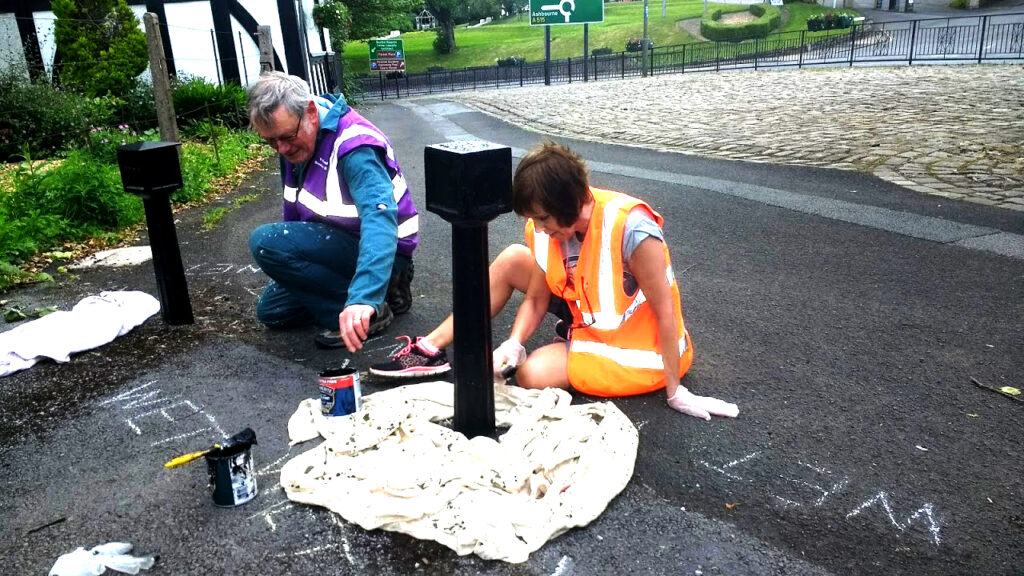
- Rail companies have today pledged to make stations across Britain more sustainable.
- Action to reduce waste, support local wildlife and cut the carbon footprint of railway stations will be informed by the industry’s new Sustainable Stations Guide launched today.
- The 2,563 railway stations across Britain cover an area around the size of Central London and 85% of people in the UK live within 5km of a station.
- With rail accounting for just 1.4% of transport emissions despite representing 10% of all journeys, rail companies want to go further, faster, to get the UK on track to meet its net-zero commitment.
- Community rail set to play a key role in the development and community outreach of sustainable stations.
More solar panels, wildflower zones and electric vehicle charge points may be appearing at railway stations across the country as all rail companies responsible for managing railway stations today pledged their commitment to making stations more sustainable.
The pledge was made as the rail industry published a new Sustainable Stations:Best Practice Guide, which details ways in which train operators can meet this commitment in support of global goals of decarbonisation, reducing waste and supporting local plant and animal life. The document will also be used by train companies when agreeing future contracts.
Network Rail, which is responsible for managing 20 railway stations, including some of the nation’s biggest and busiest, have also committed to make their stations more sustainable by meeting targets set out in the Network Rail Environmental Sustainability Strategy.
The guide highlights best practice already employed at other stations in the areas of sustainability, biodiversity and community, including a number of Community Rail Network member projects including Friends of Buxton Station’s Buzzing Stations initiative and Community Rail Cumbria’s active travel projects.
Community rail is also shown in the guide as a key provider for community engagement, illustrating the far-reaching benefits to station and community sustainability, especially with regards to how volunteers are best placed to promote the railway as an environmentally friendly alternative to car use, breaking down barriers to travel, and highlighting the importance of green travel.
Robert Nisbet, director of nations and regions for the Rail Delivery Group said:“Stations are at the heart of countless communities across Britain and many have already undertaken incredible work to reduce waste, cut carbon and support wildlife. Rail is already a green way to travel but we know there is more we can do and through this pledge, rail companies have made clear they are up to the challenge.”
Ensuring people return to rail travel will also be vital to secure a green economic recovery from Covid and avoid a spike in car use that would deal a hammer blow to Britain’s net-zero carbon emissions. It is estimated that attracting people out of cars and onto trains by making fares simpler could add 300million rail journeys over the next ten years, preventing 1.2m tonnes of CO2 emissions from cars, while investment in HS2 is expected to cut 1million lorry journeys over a similar period by increasing space for rail freight on existing lines.
